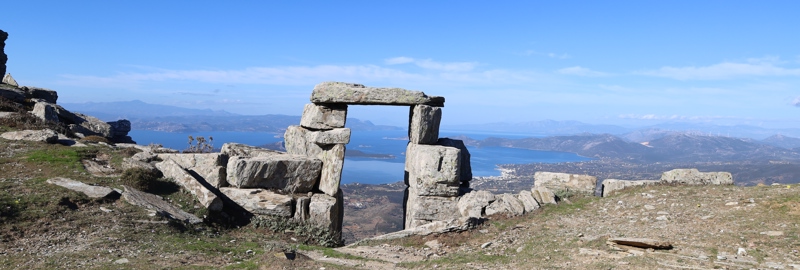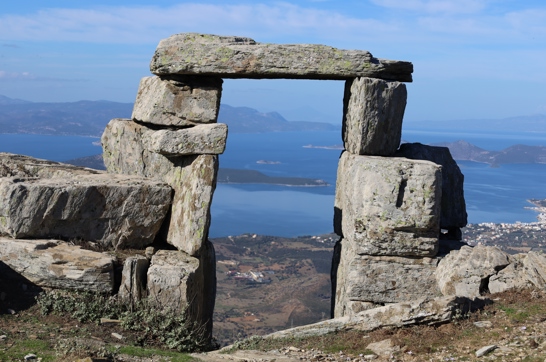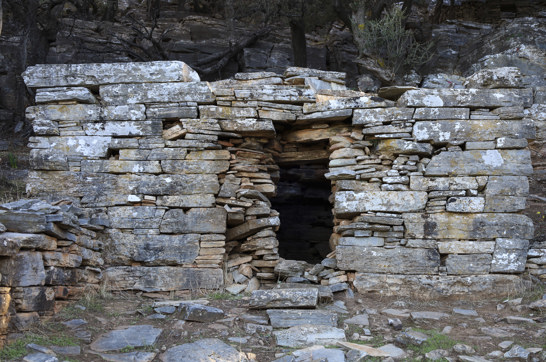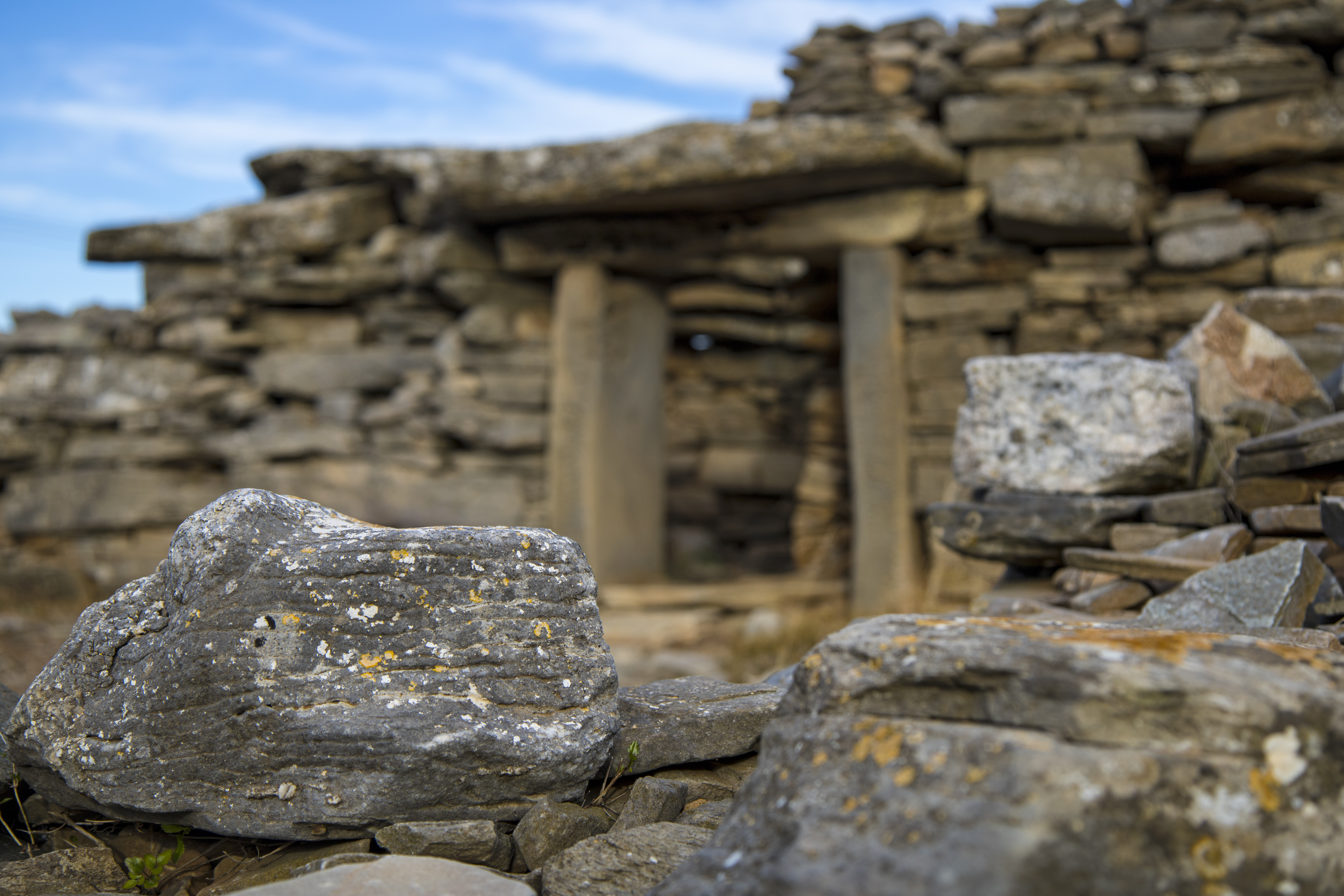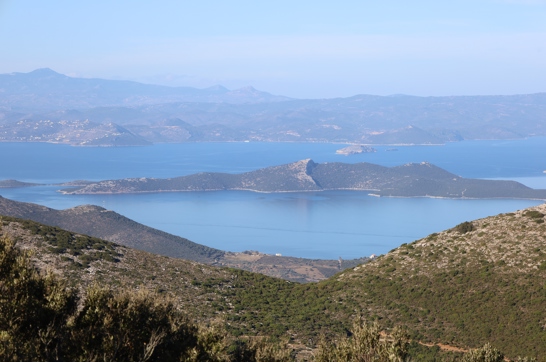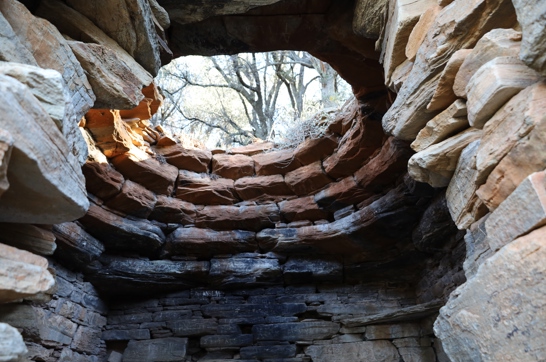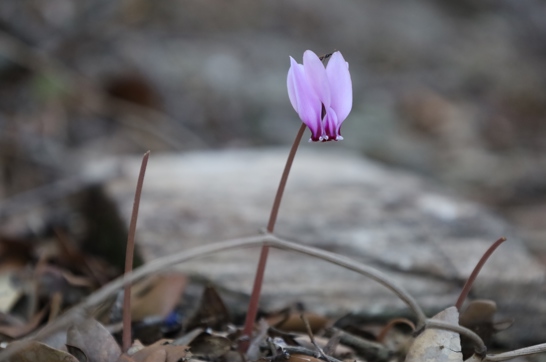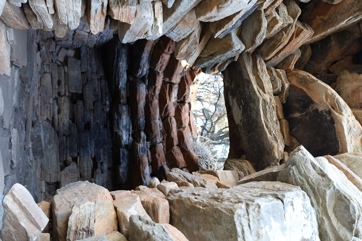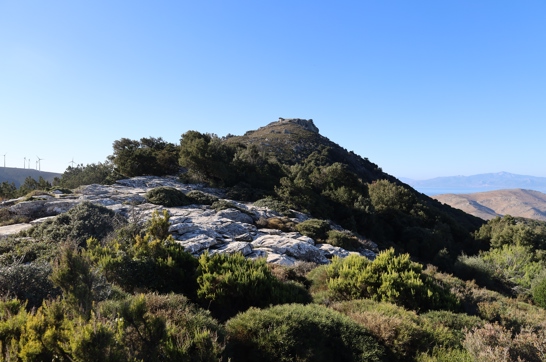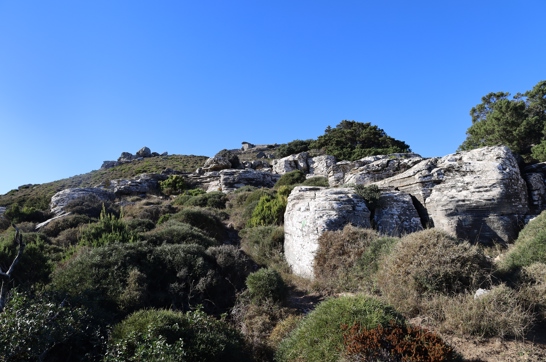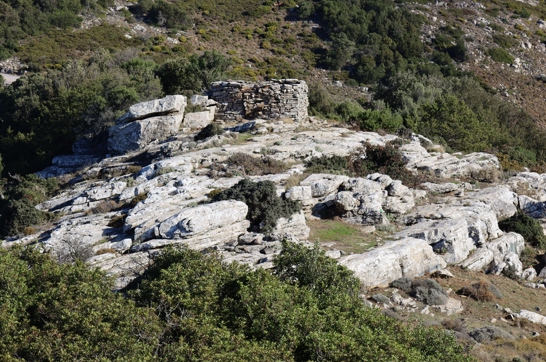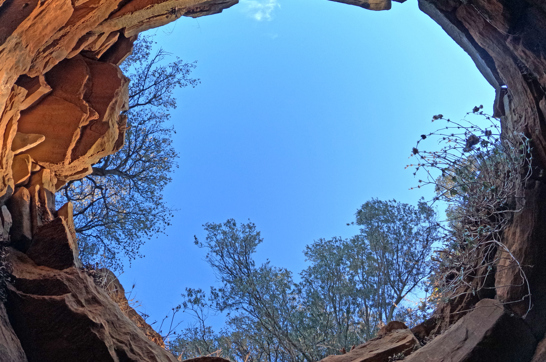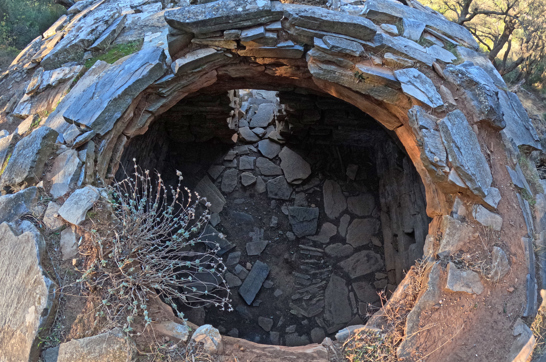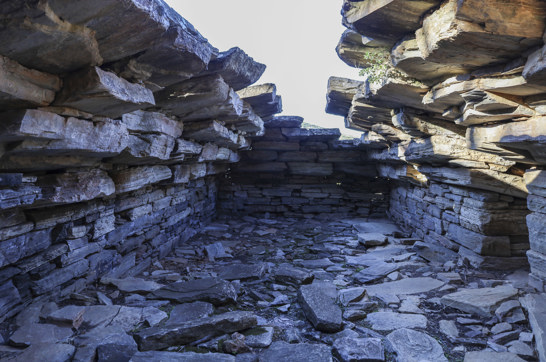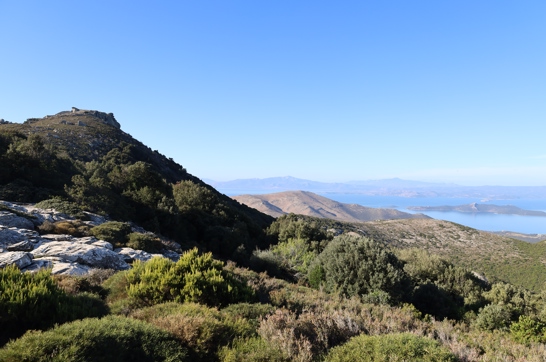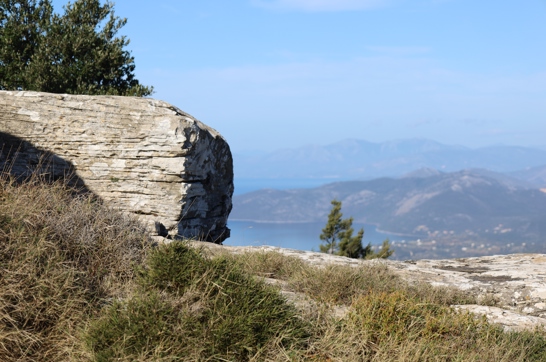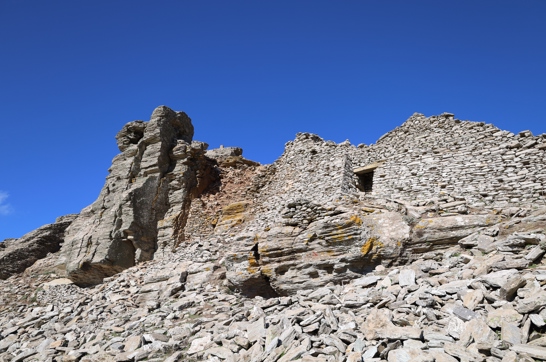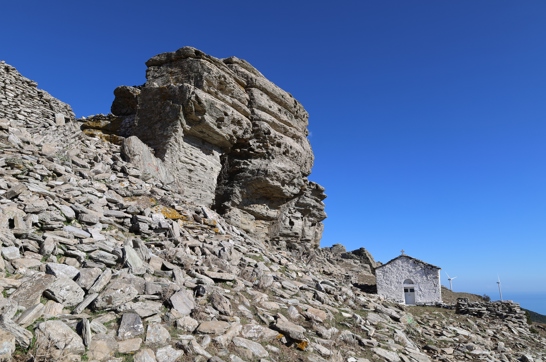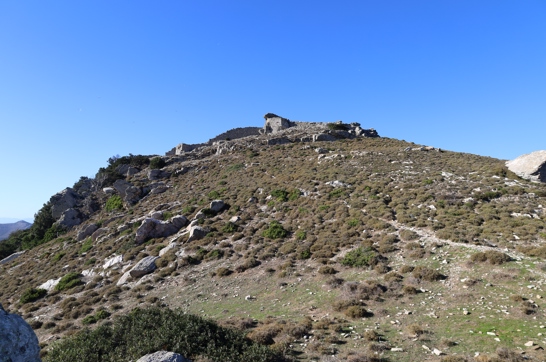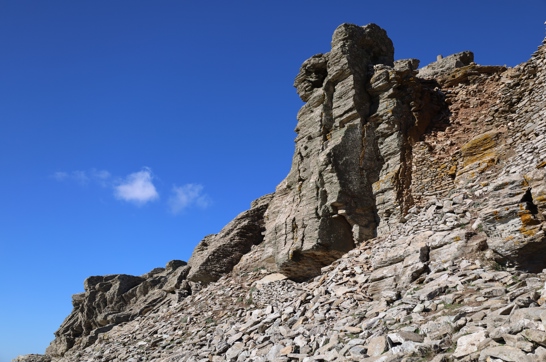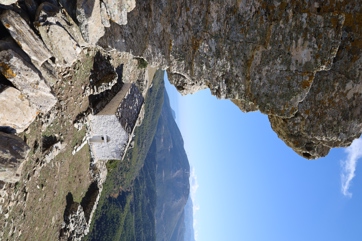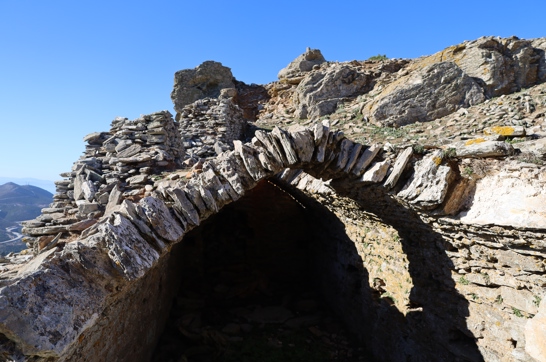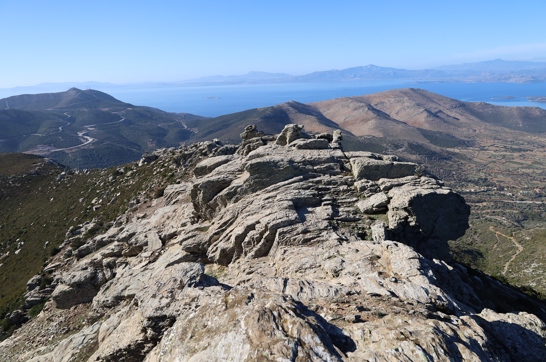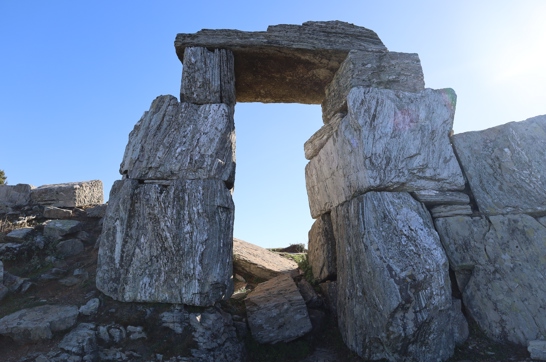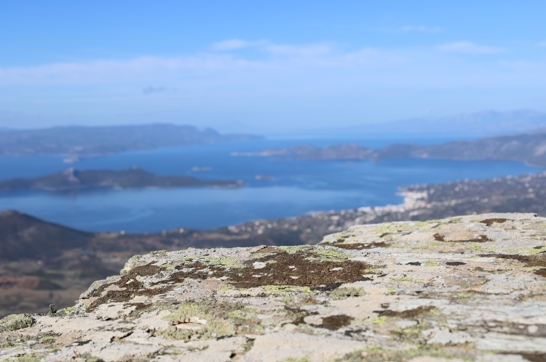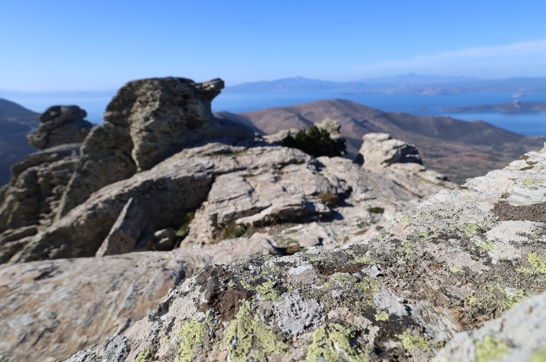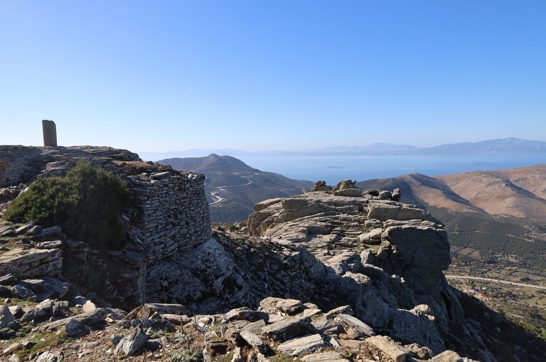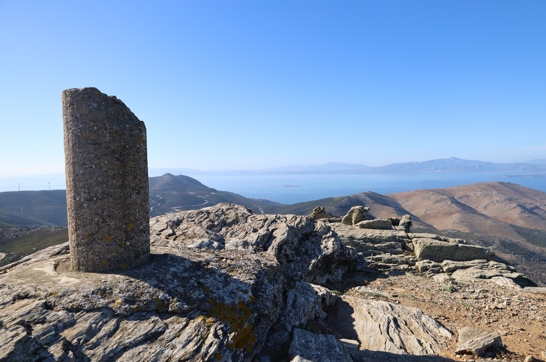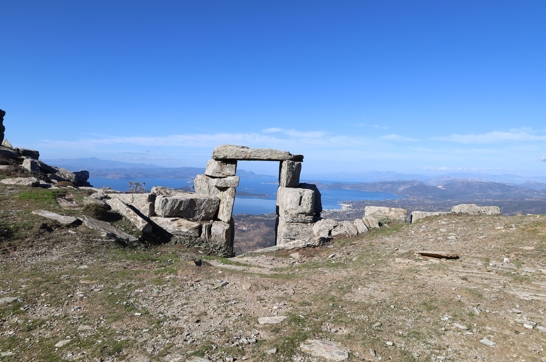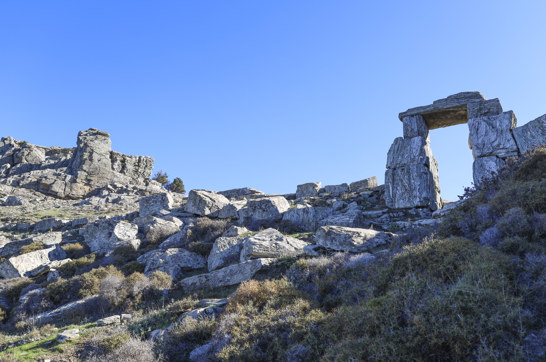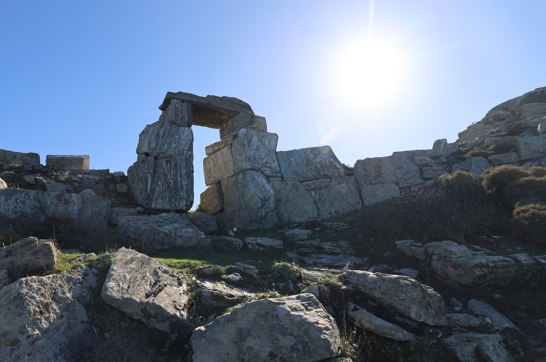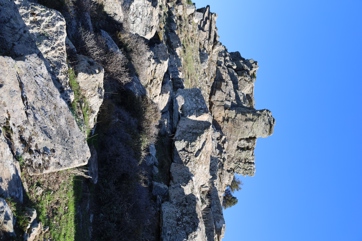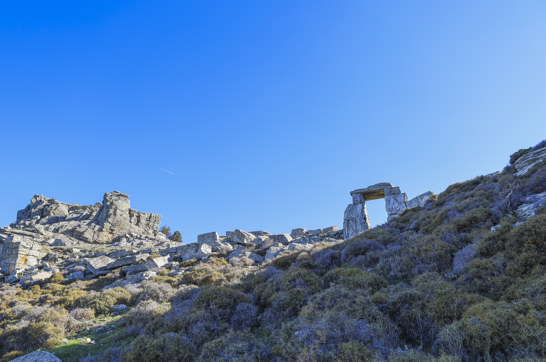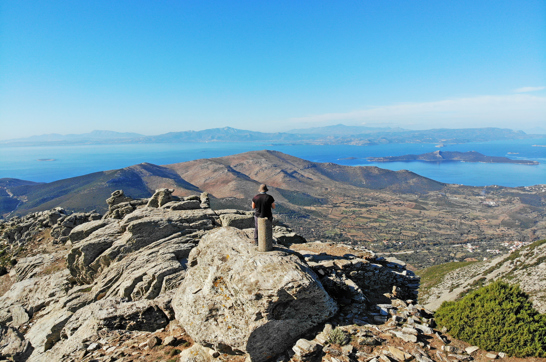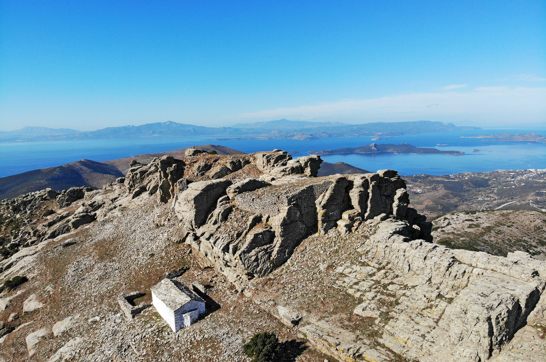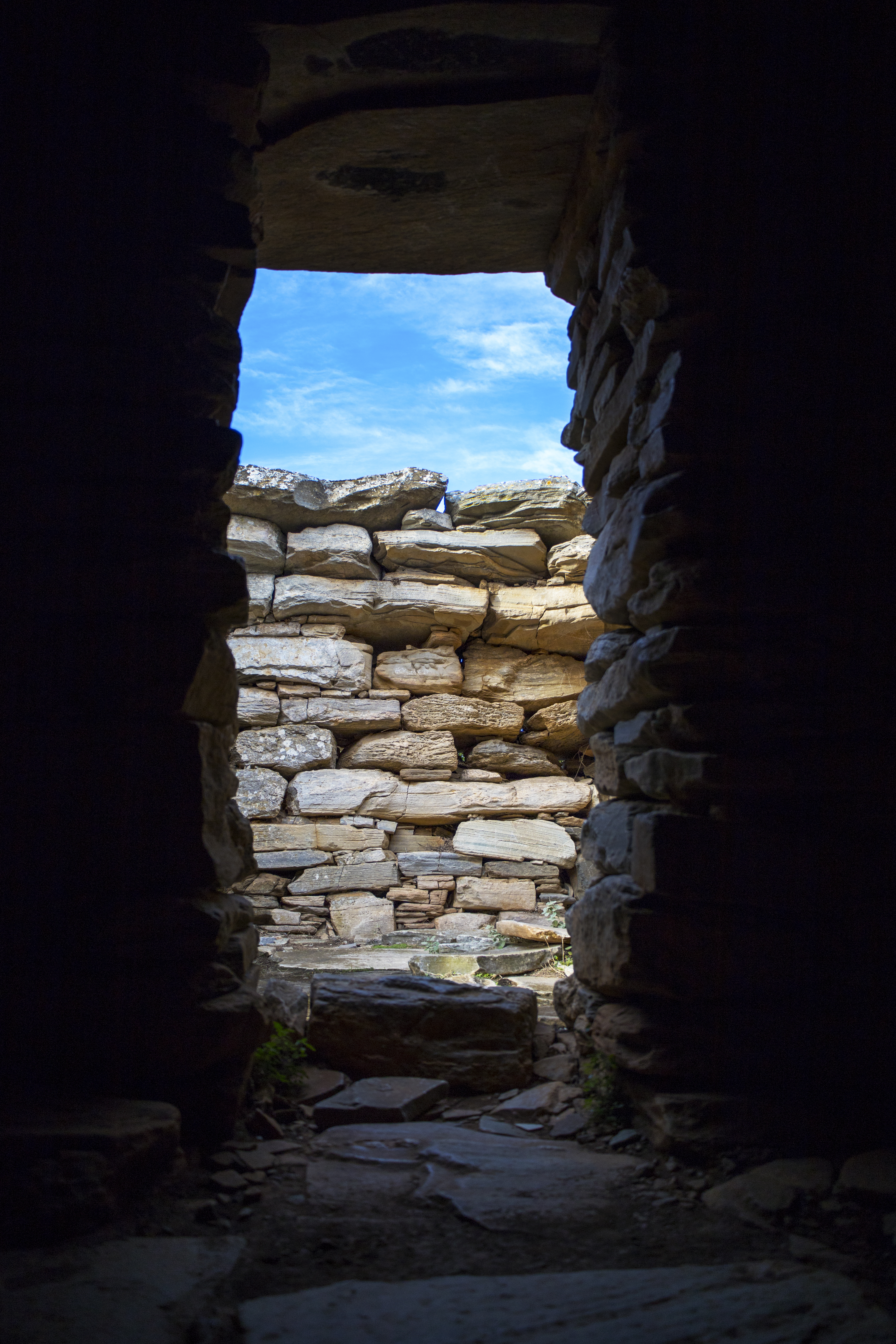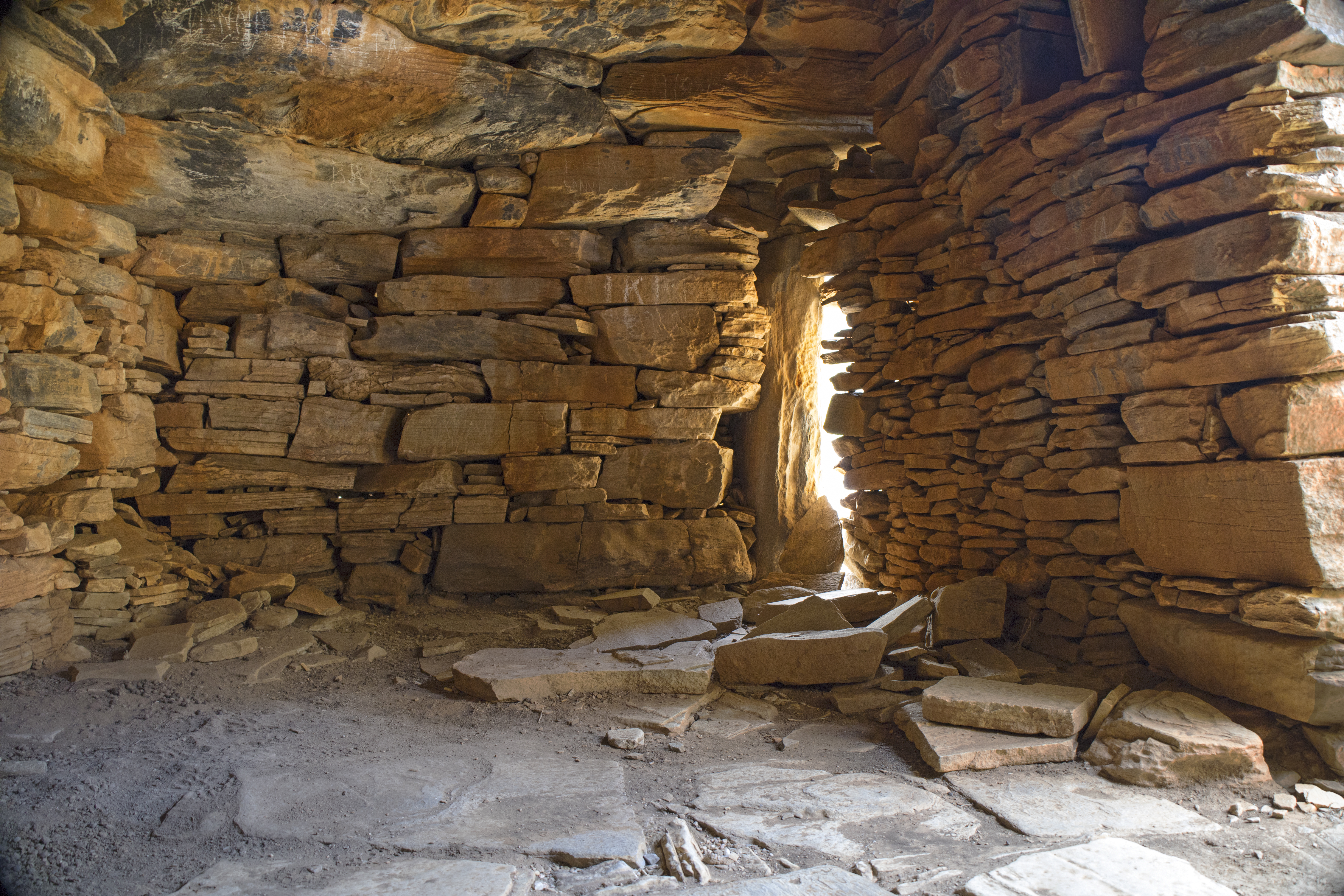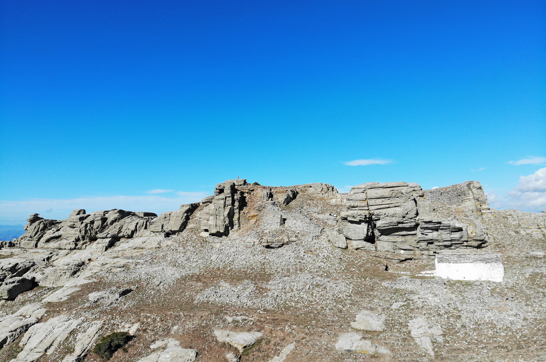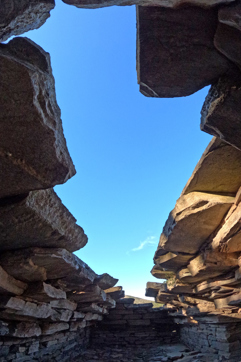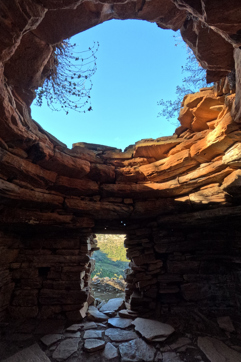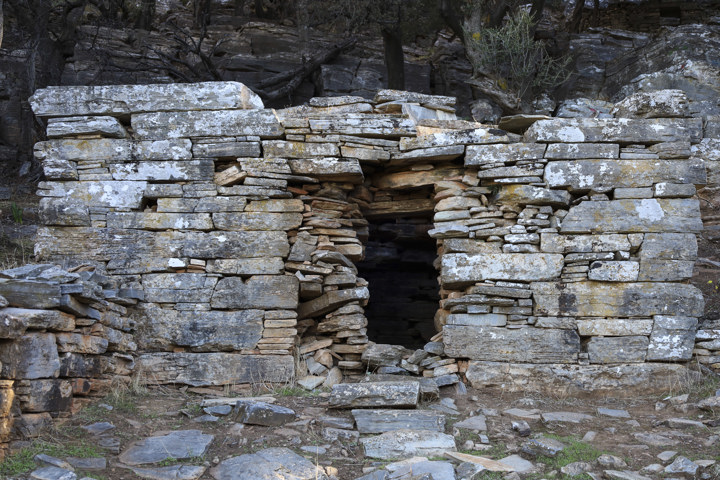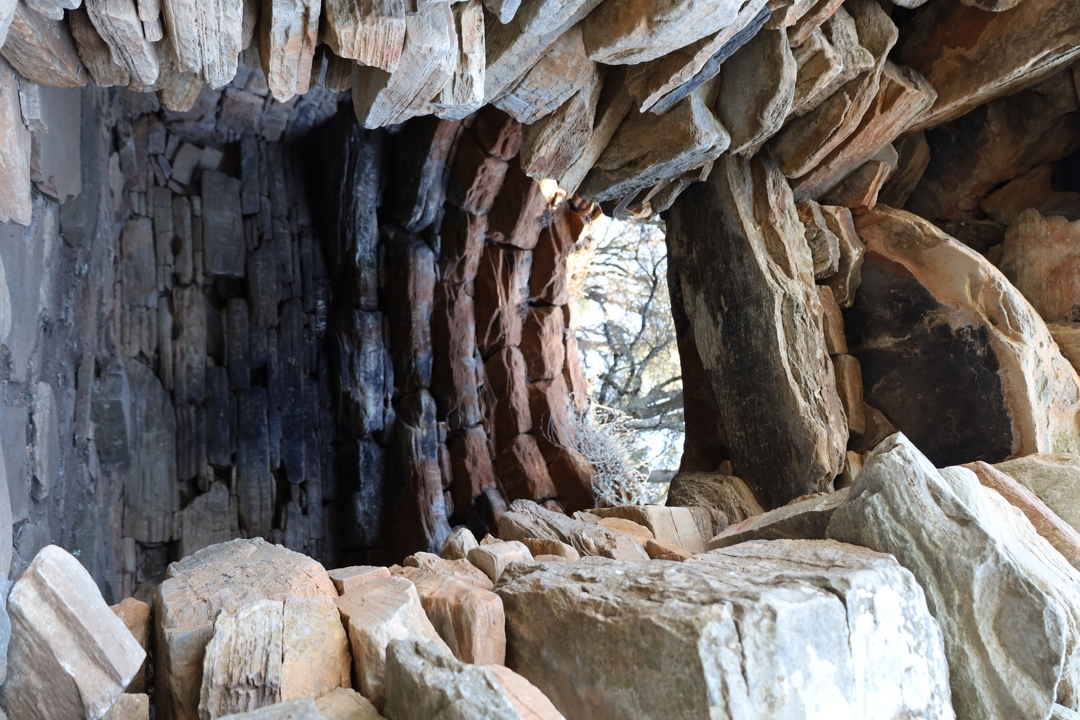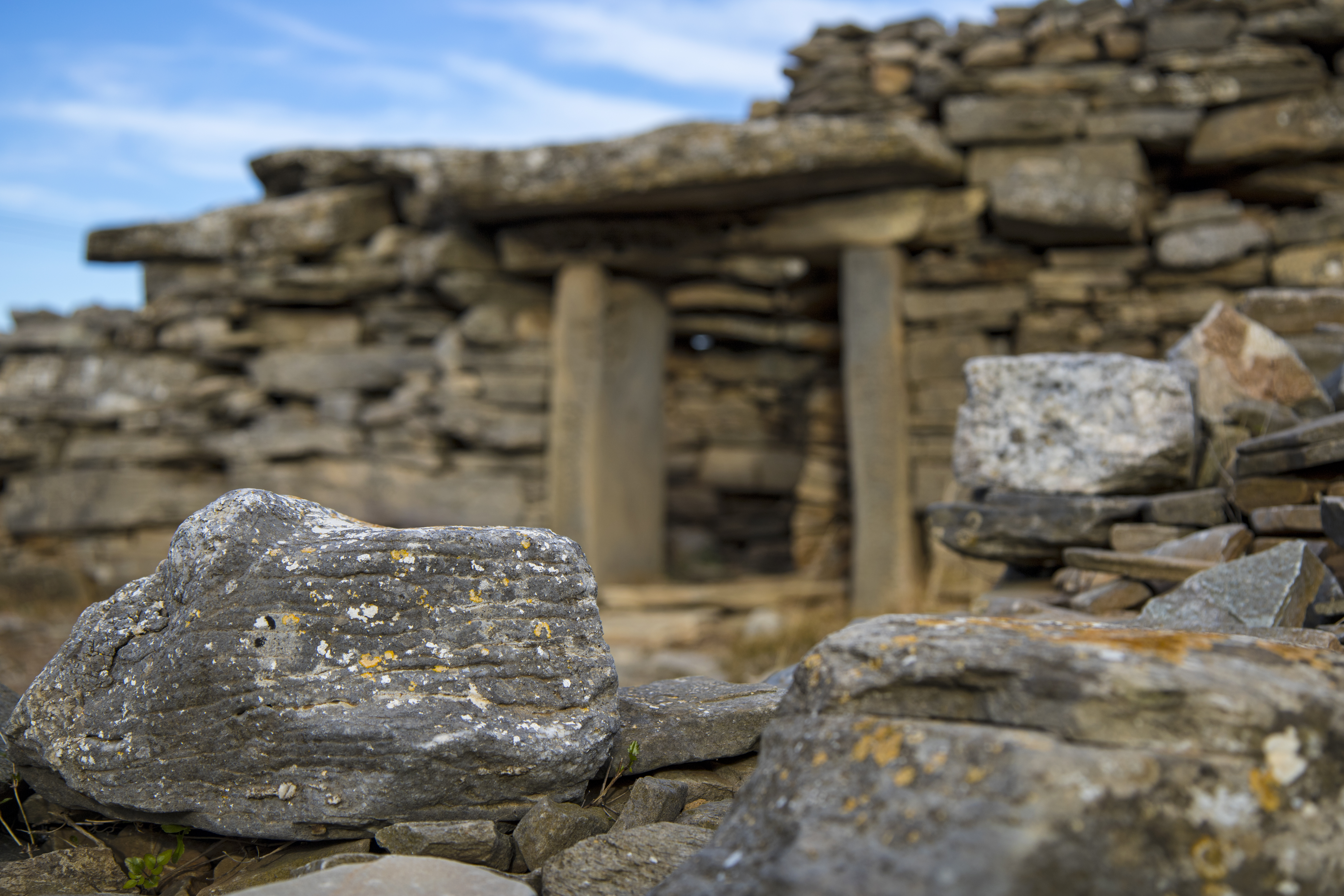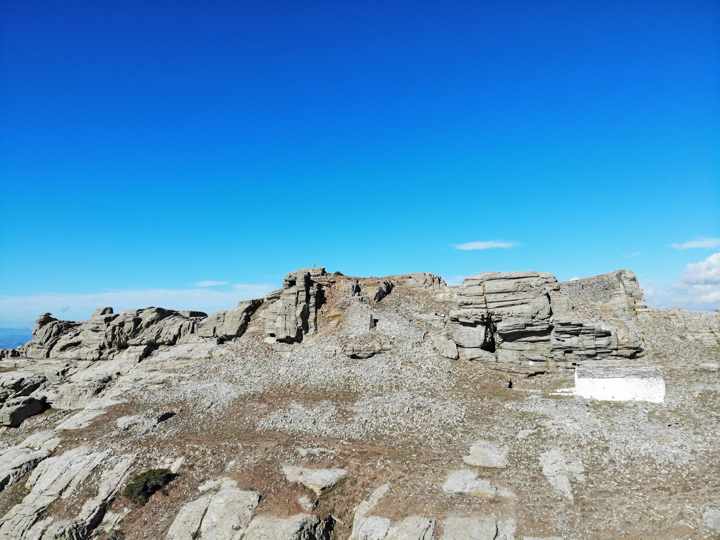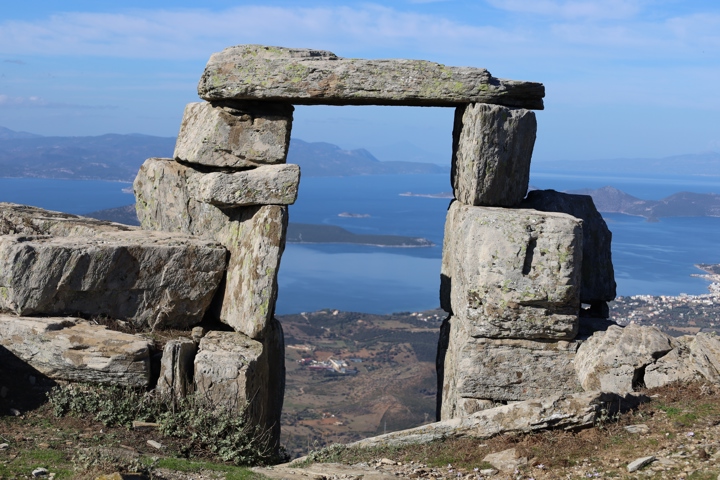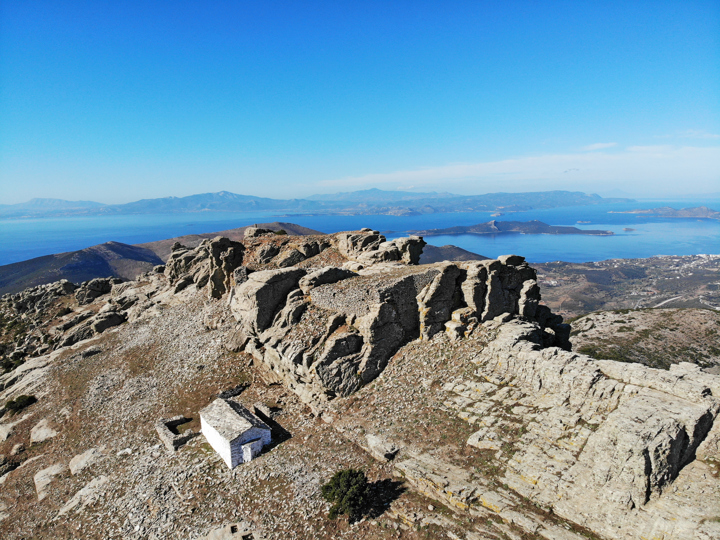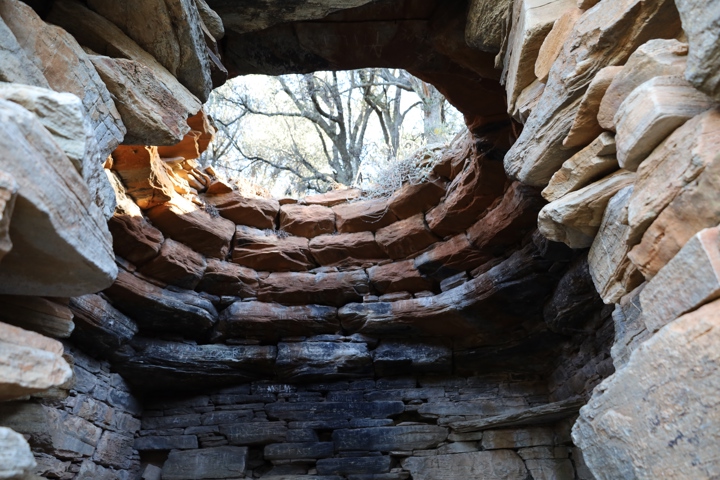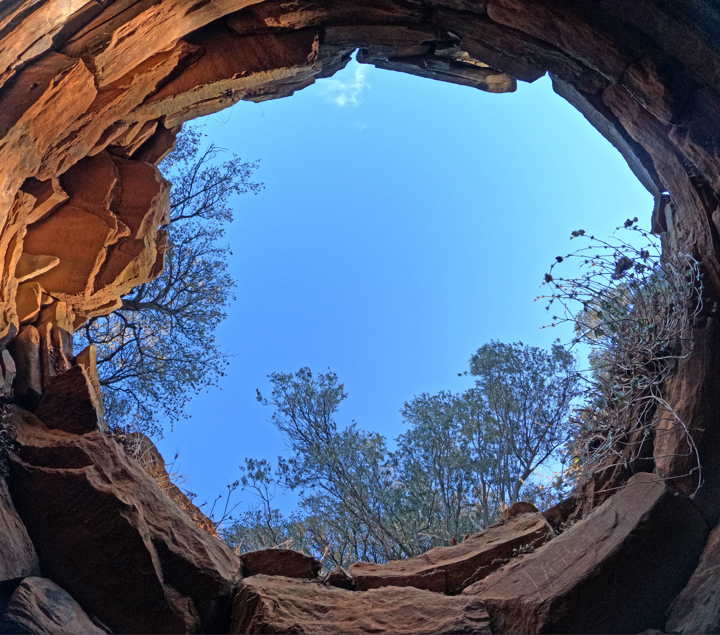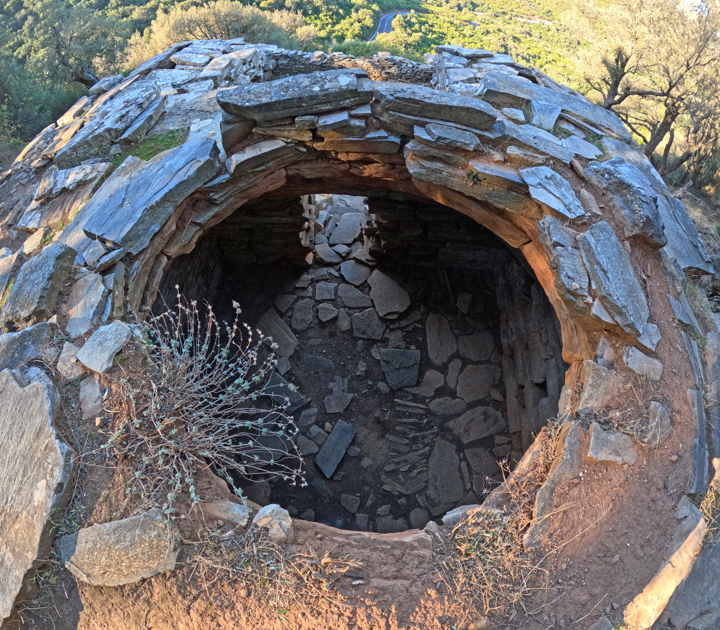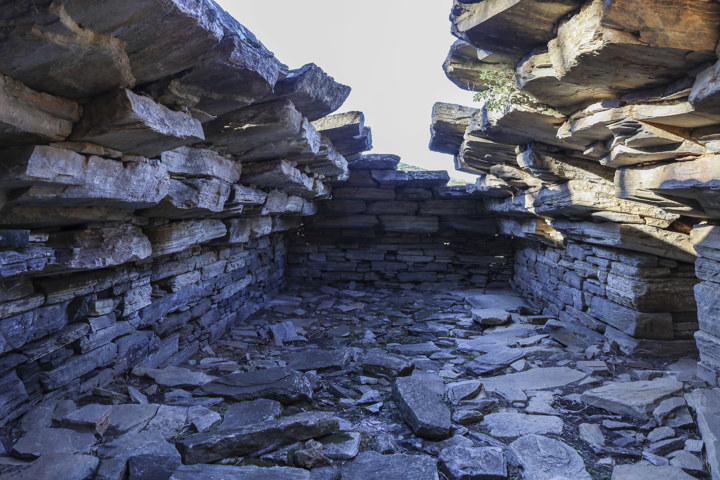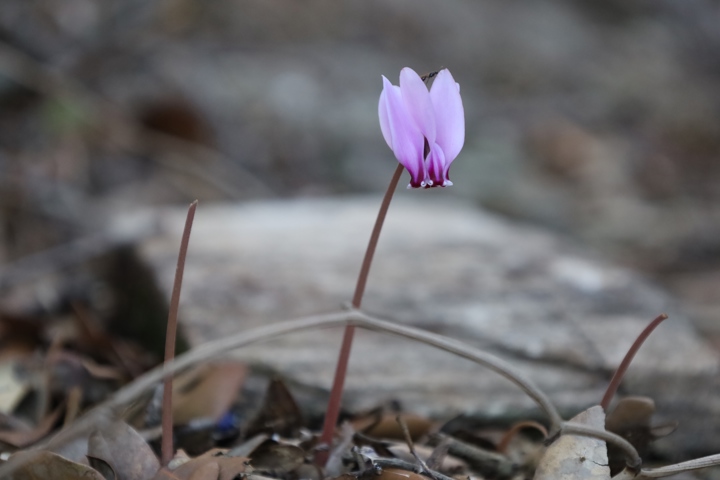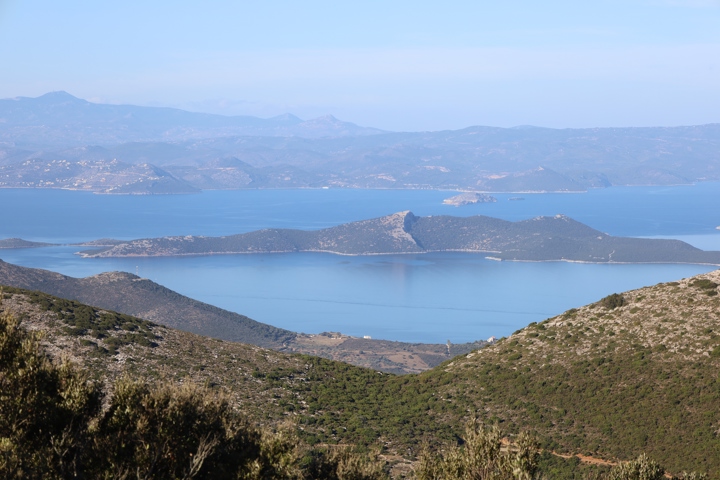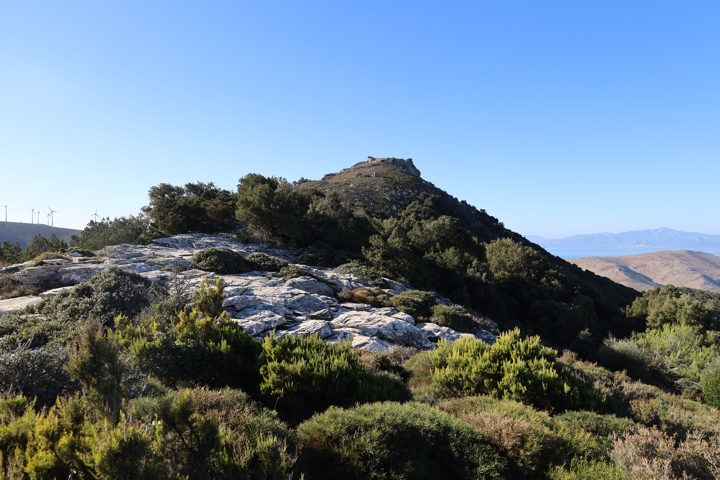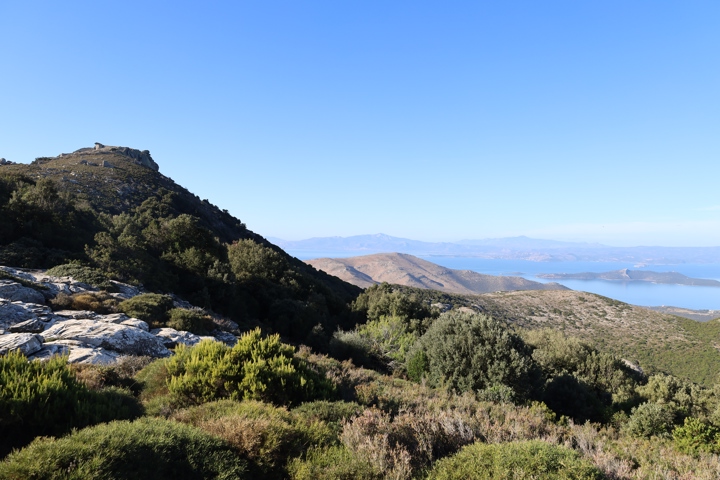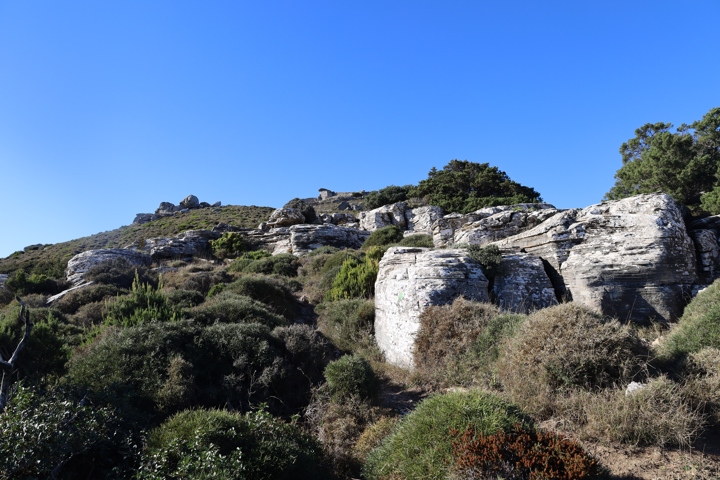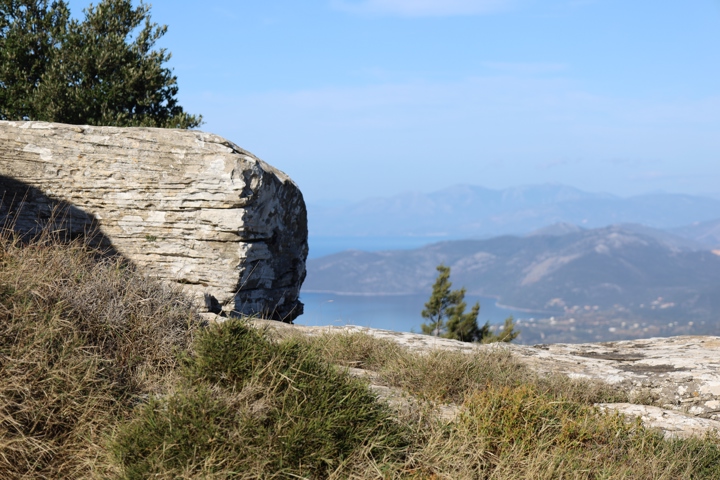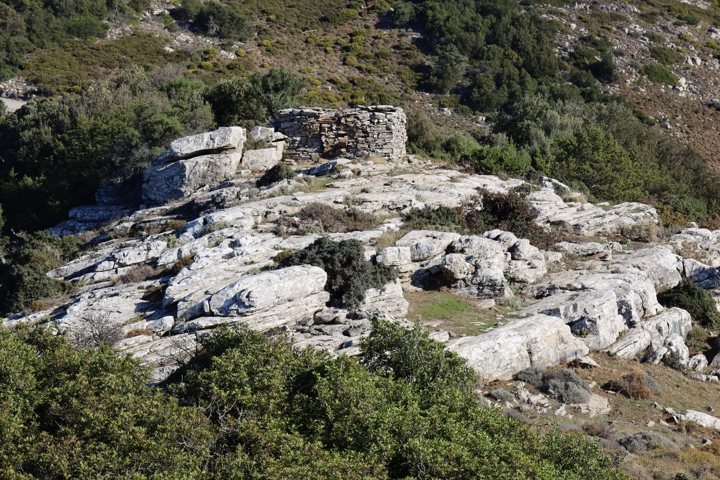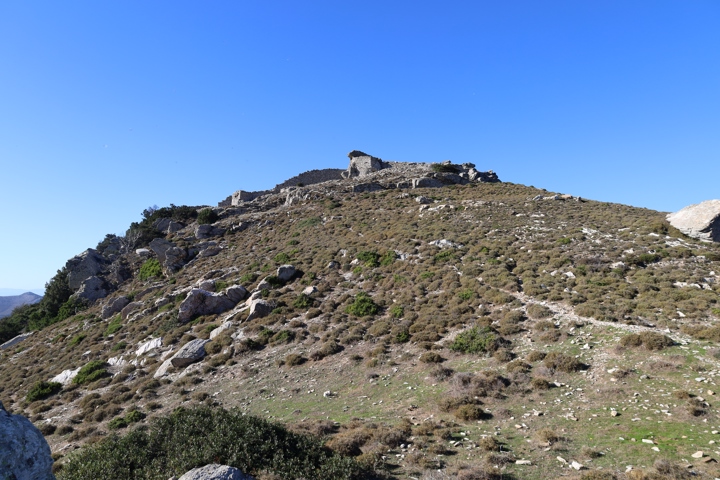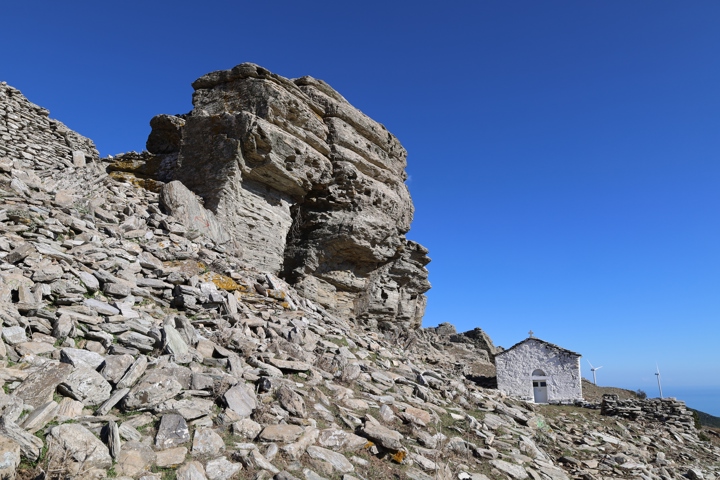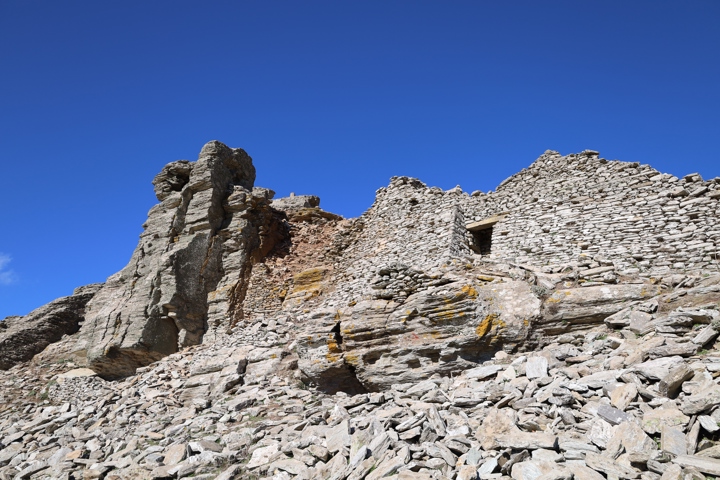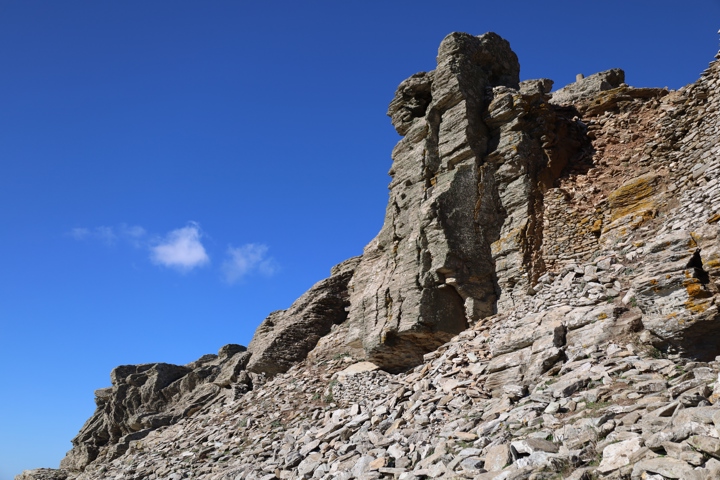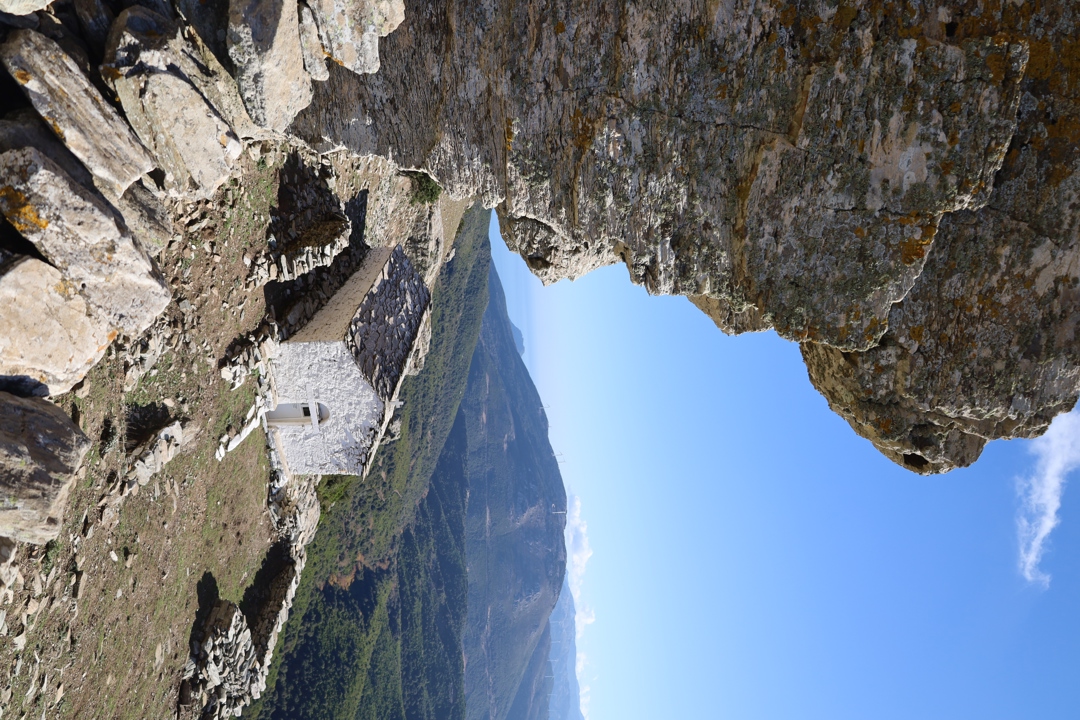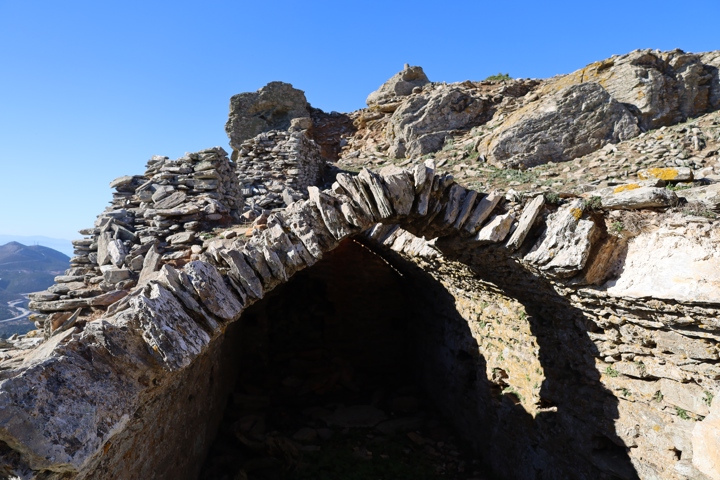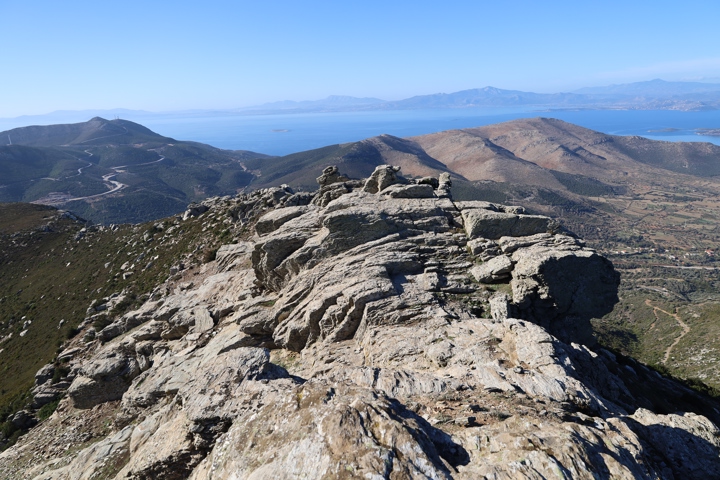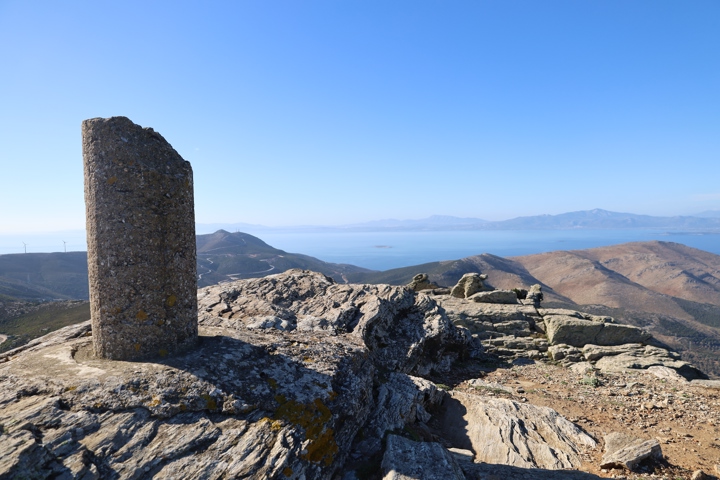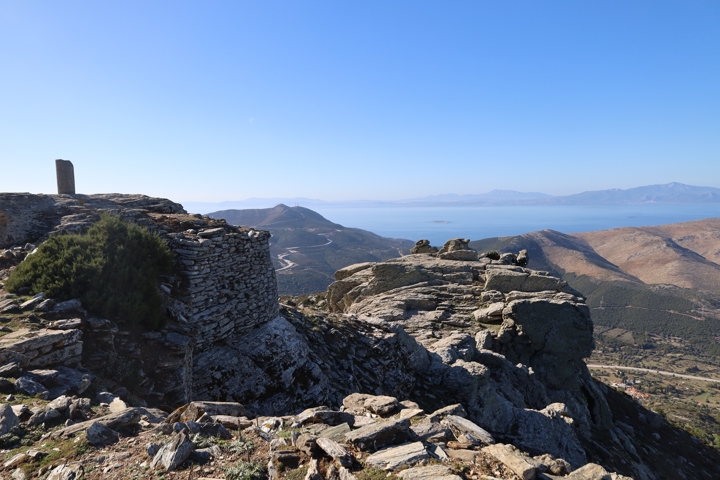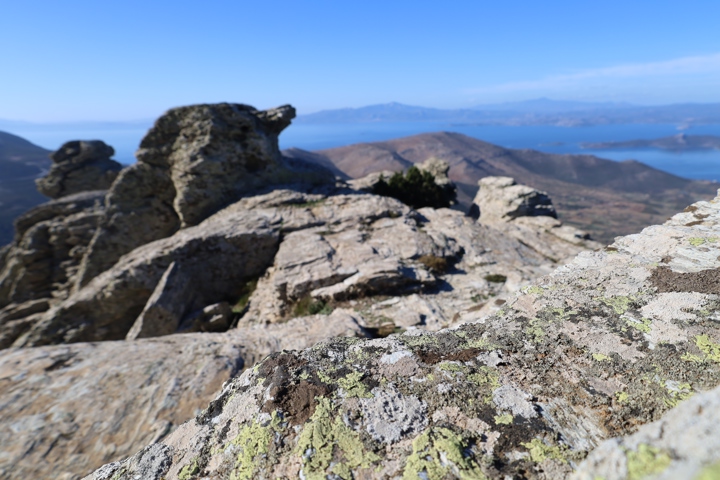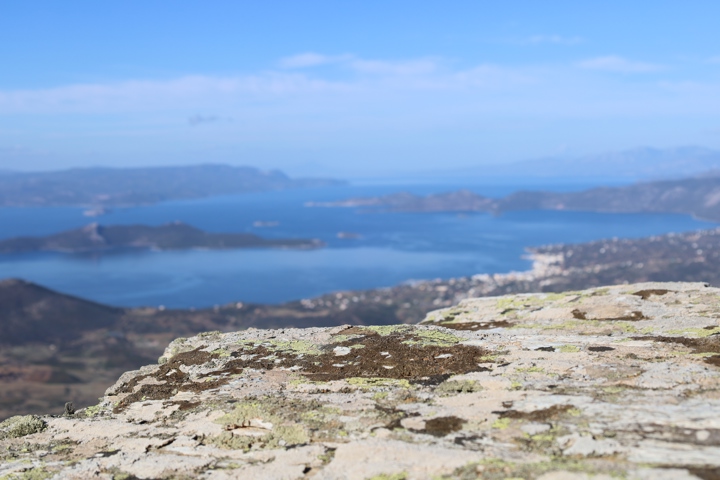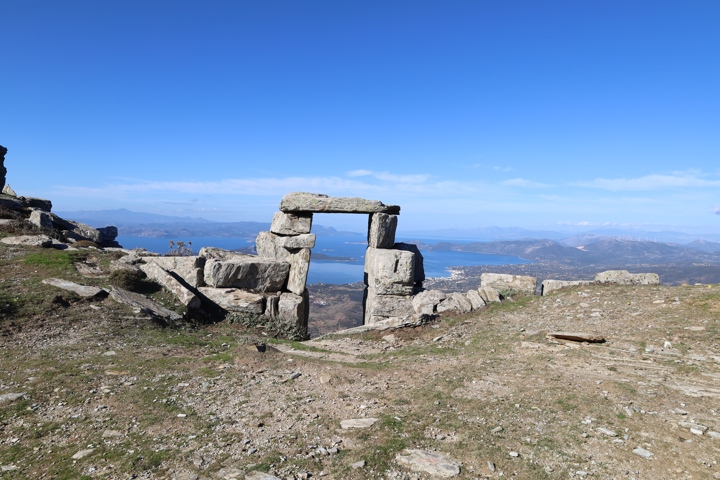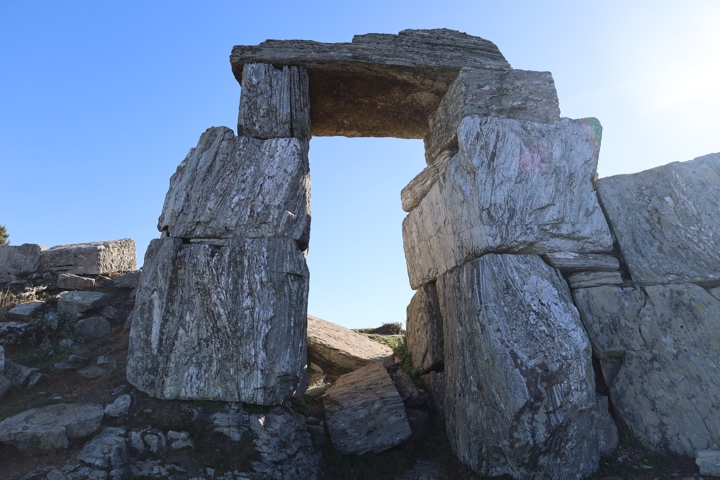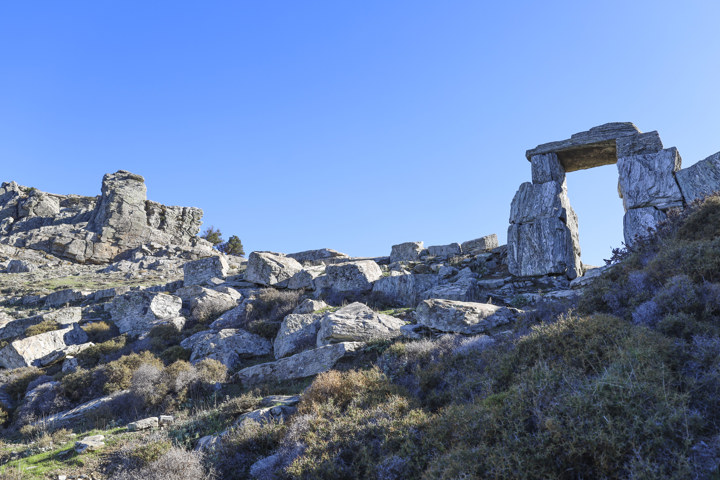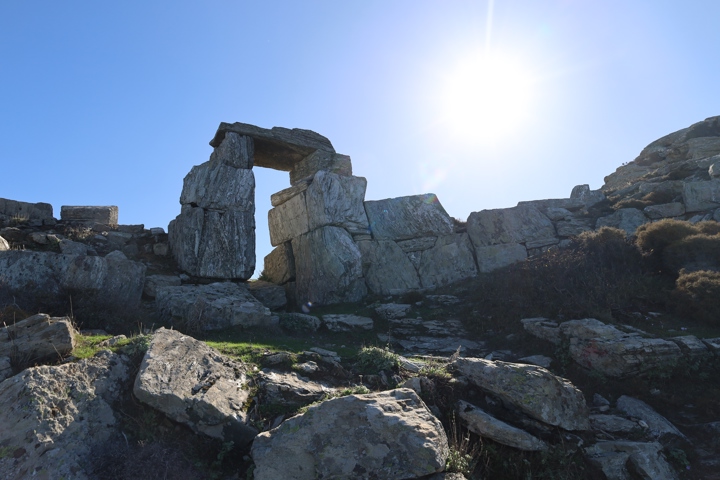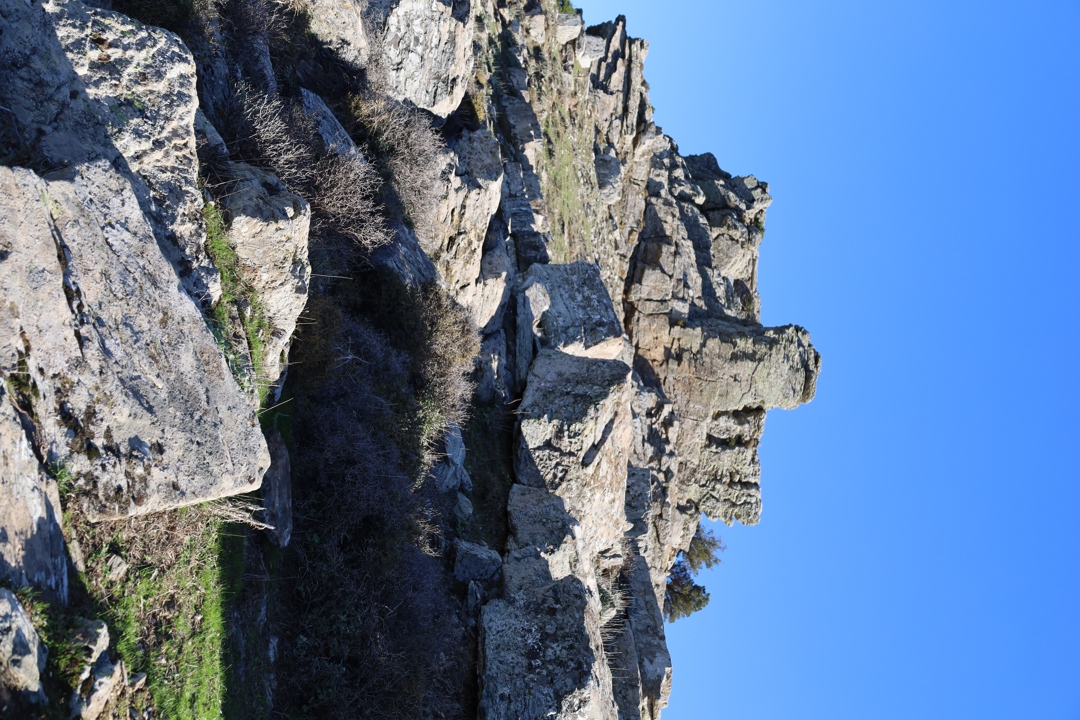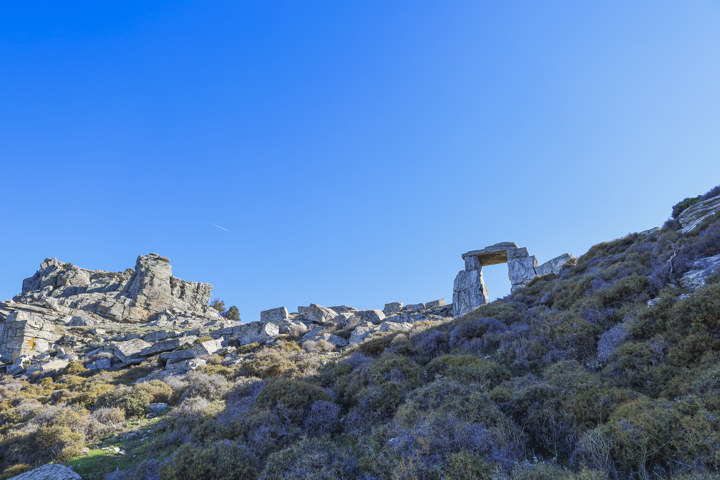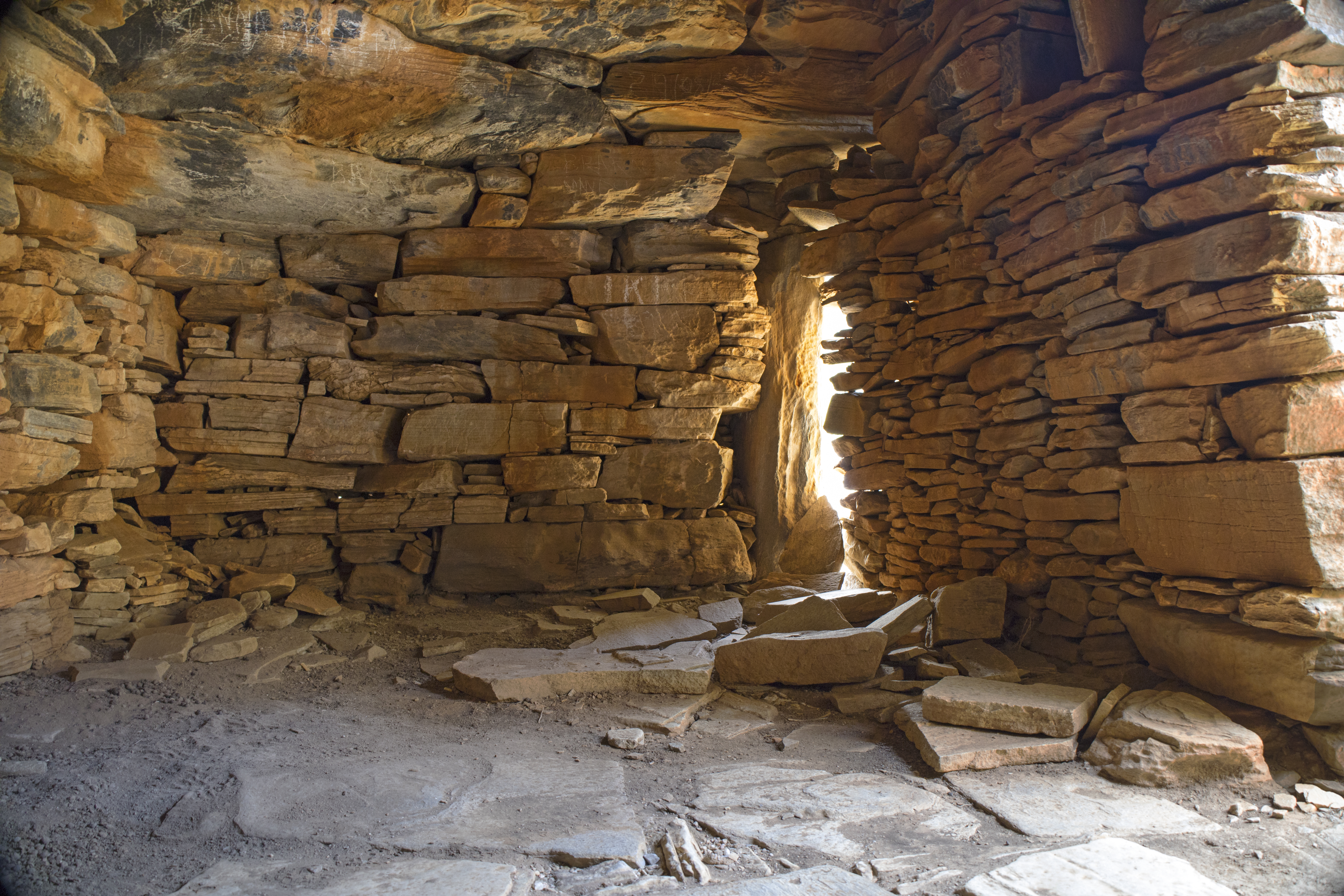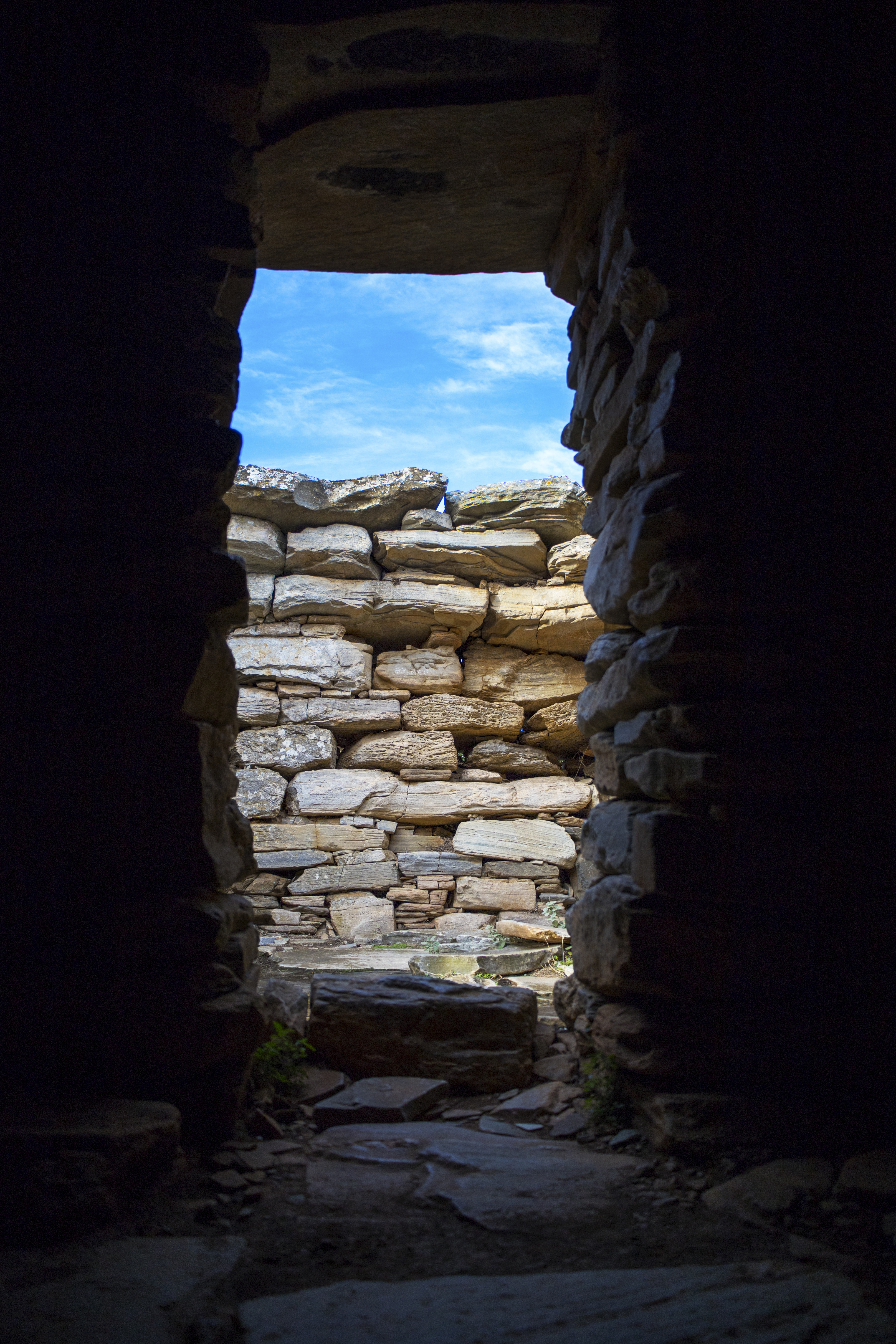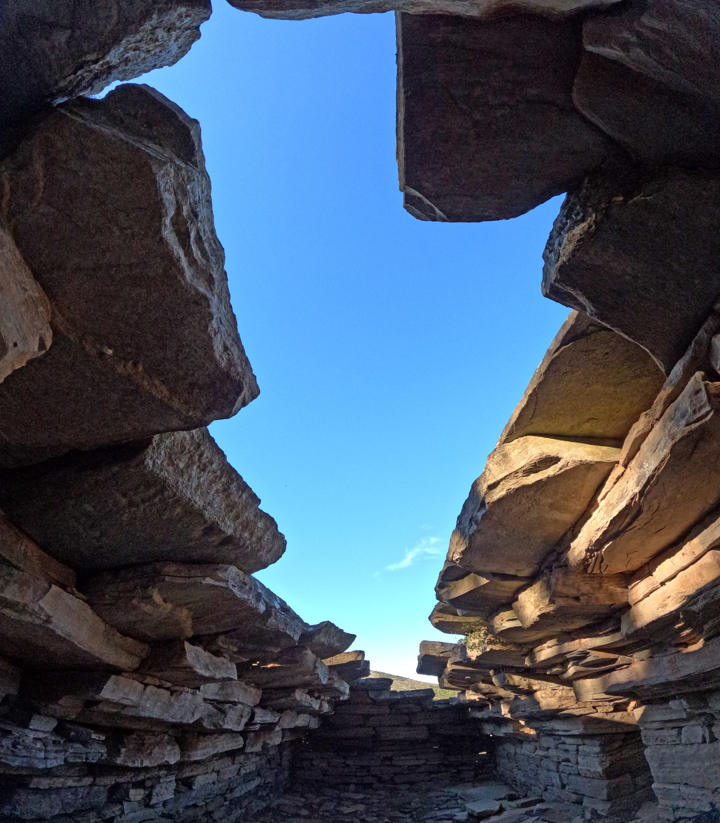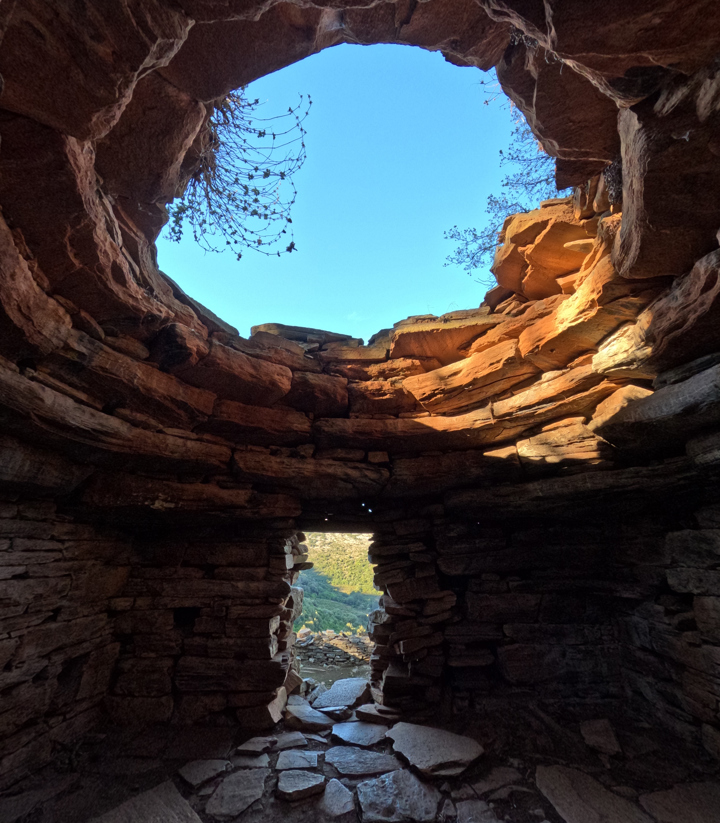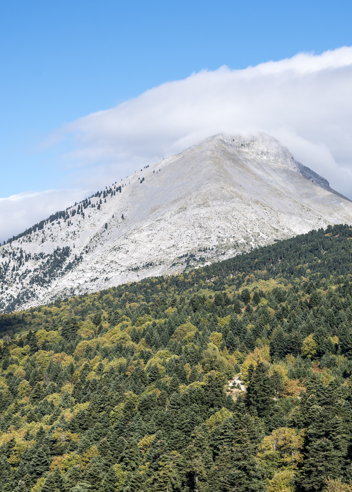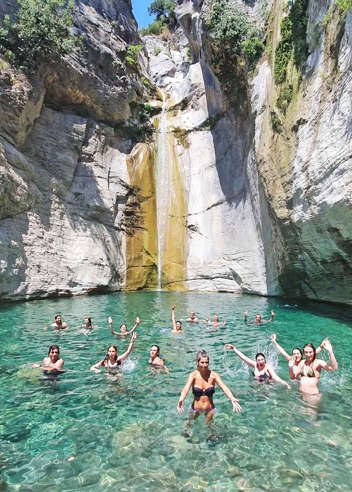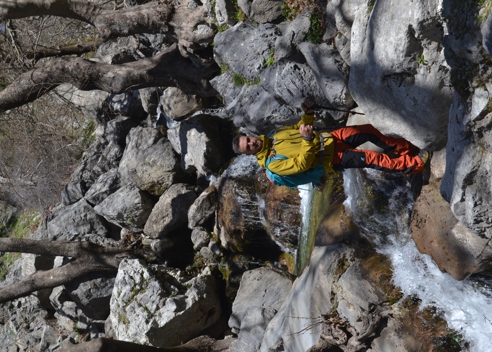Let us tell you the myths and realities that we know:
- The buildings have been called Drakospita or Houses of the Dragon. They are one of the most famous ancient monuments in the area. Among them, the most well-preserved are the one located at the top of Ochi, a mountain of Evia with a maximum altitude of 1,398 meters. Others are located in Styra and the town of Karystos.
- In Evia, Dragon Houses are often found on peaks. There are approximately 23 to 24, with some researchers suggesting 26 buildings. These structures were built around the 5th century BC.
- There are countless myths, their true creators remain a mystery. Unveiling their origins would provide insight into their significance in ancient times.
- Locals know the Dragon Houses as Draga. They are called "Dragons' Buildings" due to their massive size and impeccable construction. Legend has it that dragons themselves built these structures. Their name reflects the awe-inspiring combination of size and craftsmanship.
- In that place resided a mighty dragon, instilling fear and terror throughout the land. Its presence cast a shadow of dread, commanding respect and caution from all who encountered it.
- Another story recounts the longing to utilize them as the residence for the ruler of the Cyclops.
For humans, only massive creatures were capable of moving and manipulating these enormous boulders, strategically placing them to provide structural support for construction. They crafted ceilings without the need for binding materials, an impressive feat. Their technique allowed for seamless integration, showcasing their skill and ingenuity. The result is a visually stunning and structurally sound masterpiece.
Among the other elements that stand out are the monolithic loft, the stone shelves that are preserved inside some of the buildings, and also the windows that are preserved in the Dragon House of Ochi.
But in the end, what were these huge constructions for? Theories are many and varied.
According to one of them, the Dragon House of Ochi was a historic sanctuary honoring Hera and functioning as an observatory. Similar structures were constructed in Europe for the same celestial observation purposes.
Other theories propose that the building served as a friktoria or guardhouse due to its strategic positioning. Its elevated position provided an advantageous vantage point for overseeing and surveilling the surrounding area.
According to an alternative theory, the Drakospito of Ochi may have served as the dwelling for a Roman military unit responsible for protecting the nearby quarries. Alternatively, some believe that both the Drakospito and the complex in Styra were storage facilities and sanctuaries constructed by enslaved Cares who labored in the quarries.
